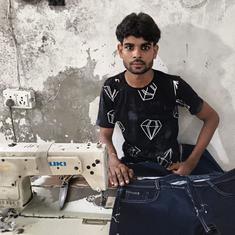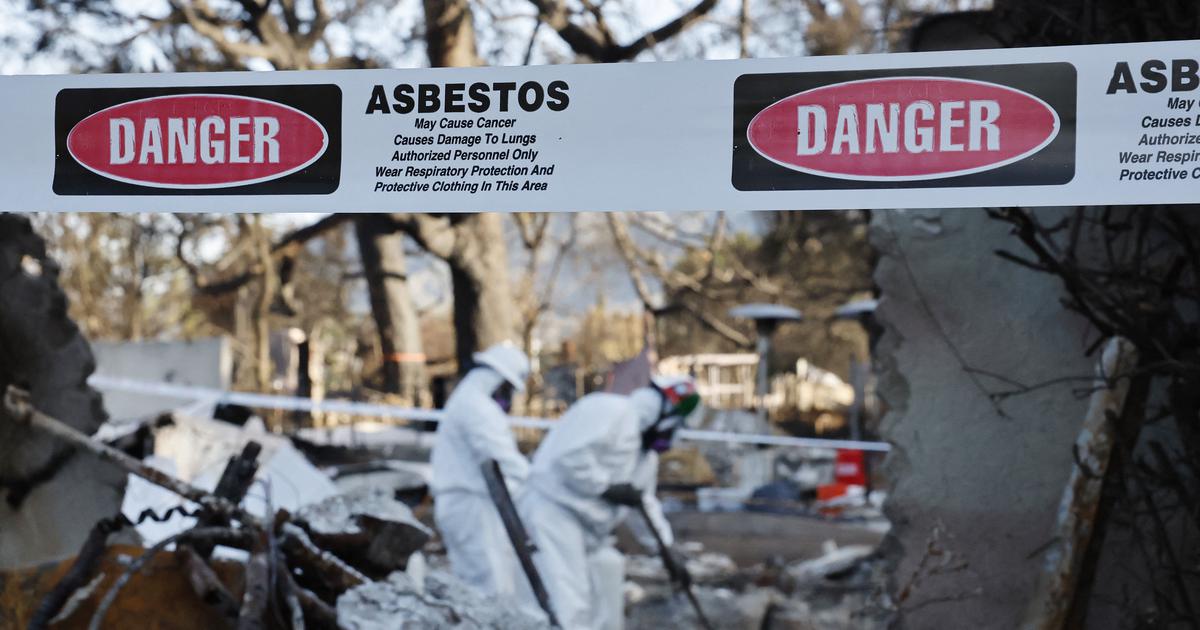Asbestos, once widely used in construction, is now banned in at least 72 countries. The fibrous mineral has been recognised as one of the most dangerous, cancer-causing chemicals in the world. There is no safe type or exposure level.
Inexplicably, an expert panel constituted by India’s environment ministry expressed its support in February for the continued use of asbestos.
This despite the fact that asbestos is carcinogenic, or cancer causing, and responsible for dangerous respiratory diseases. It can cause lung cancer, mesothelioma, which is a type of lung cancer, ovarian and laryngeal cancers, asbestosis, and more. It has a latency period that can span decades from initial exposure, low survival rates and no known cure.
The National Green Tribunal had asked the environment ministry to set up the panel to answer a simple question: are asbestos roofs safe for use in schools and are there any substitutes?
This panel comprised experts from India’s premier institutes, including the All India Institute of Medical Sciences, Delhi and the Indian Institutes of Technology at Delhi and Roorkee. Members of the environment ministry and the Central Pollution Control Board were also part of the panel.

The expert panel concluded that asbestos roofs are safe, as long as they are installed “correctly,” not “disturbed”, and “disposed of” properly after use.
India’s education ministry disagrees.
In March, Minister of State for Education Jayant Chaudhary banned the use of asbestos to refurbish central government-run schools, such as Kendriaya Vidyalayas and Jawahar Navodaya Vidyalayas. Chaudhary also said that he is “committed to working with State governments to ban its use in school”.
Even otherwise, the expert panel’s support for “correct use” and “safe disposal” flies in the face of Indian realities where “jugaad”, or winging it, overrules safety precautions. These asbestos roof sheets often end up over the homes of the poorest as makeshift fences and barriers. India’s landscape, too, can be found littered with old asbestos pipes.
The panel’s scientific reasoning is also odd. It referred to a study from Sri Lanka that found that homes with asbestos cement roofs had negligible fiber levels in the air – supposedly well below “international standards”.
But the expert report has no mention of this study nor the “international standards” it referred to. Ironically, Sri Lanka in 2015 announced a complete ban on asbestos by 2024. But that decision was later deferred after Russia, the world’s largest asbestos exporter, threatened to stop importing Sri Lankan tea.
Is India’s “expert panel” citing research from a country whose own government did not take it seriously?
The panel then asked the Asbestos Sheet Manufacturers Association if there was an alternative to asbestos sheets. Expectedly, keeping their own interests in mind, the association said no. The committee readily agreed. The association, in its response, said “some substitutes have been tried but they were not successful in finding [an] alternate for asbestos in cement sheets”.
The expert report mentions alternatives such as galvanised iron and aluminum sheets, highlighting the higher cost of these materials compared to asbestos and insulating properties in hot climates.
But it conveniently ignores clay tiles, an eco-friendly material made in India in use since the 19th century. Red tiles are commonly used across India, especially in coastal states like Goa and Karnataka. The committee only considers material alternatives, not structural options. With civil engineers on the panel, this omission is baffling.
Indian architecture too has techniques that rely on the local environment and available materials to build cooler and resilient homes. But the committee failed to consider such design-based solutions, despite the fact that the IITs teach courses on ancient Indian technology.
Asbestos in India
Given India’s expansive use of the toxic mineral, it is unironic that an expert committee, set up by the environment ministry, informed the country’s top environmental legal body that asbestos can be safely used.
India is the largest importer of asbestos in the world – nearly 5 lakh tonnes in 2023, according to the global database World Integrated Trade Solution. The toxic substance can be found across the country: in homes, the vehicles Indians drive and even the local shop that irons clothes – most heavy-duty irons, including those available online, have an asbestos insulation in-between the device and the iron plating.
The presence of asbestos in Indian automobiles is still a question mark as manufacturing companies are not transparent about its use, neither to customers nor to their employees. Asbestos gaskets, brake pads, and clutch plates are still widely available.
India goes backwards amid global shift
In wealthy countries, asbestos use comes with expensive legal penalties. Johnson & Johnson continues to face lawsuits for the use of asbestos in its talcum powder, most recently in the United Kingdom.
In the US, Johnson & Johnson in 2024 paid $700 million in settlements for asbestos in baby powder, which it withdrew from the American market. India is part of Johnson & Johnson’s plan to switch to corn-starch based baby powder but older batches of the product were never withdrawn from the Indian market.
In 2023, Swiss billionaire Stephan Schmidheiny was sentenced to 12 years for asbestos-related deaths at Italian cement factories owned by him. Australia recalled 23,000 cars due to asbestos-laced parts.
It isn’t just wealthy countries. Countries in Africa, with a fraction of India’s GDP, have either banned it or are taking steps to gradually stop its use.
But India’s expert committee claimed that asbestos use in India was “very different from that in the Western world”.
The WHO is firm in its assessment that all asbestos is hazardous. Yet, this message falls on deaf ears in India, whose experts in Conference of Party meetings on the global climate change emergency have resisted efforts to ban chrysotile asbestos, which is the most common type used in India.
Countries across the world do not want to touch asbestos, but India volunteers to import it onto its shores, as if we are the world’s dustbin.
A meme in circulation says, “My grandfather, full of asbestos. My father, full of lead. Me, full of microplastic”. In India, asbestos, lead and microplastics can be found in a single generation.
Rajeev Naik is a civil engineer based in Dharwad, Karnataka.










